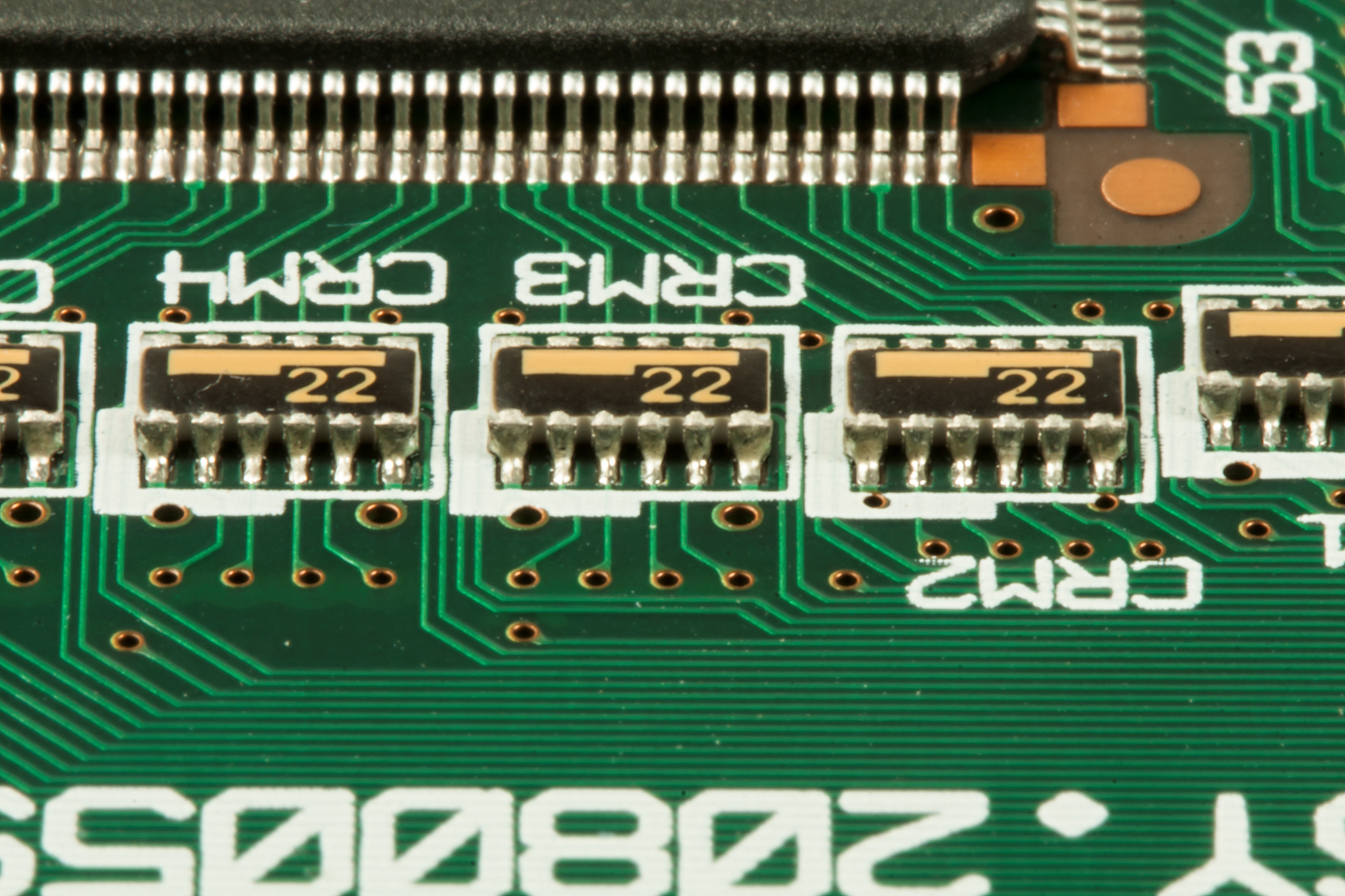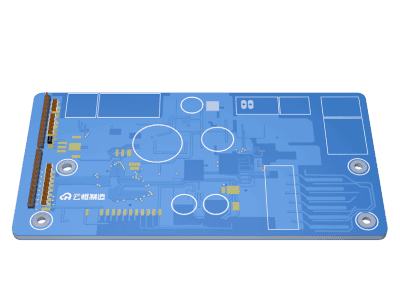Title:TheMultifacetedWorldofElectronicMusic(电子音乐用英语)
In the latter half of the century, electronic music began to truly take shape, with artists such as Kraftwerk and Giorgio Moroder pioneering synthesized soundscapes. As technology advanced, the capabilities of electronic music production also grew, leading to an explosion of subgenres and styles. From ambient and chill-out to dubstep and drum and bass, electronic music encompasses a vast array of styles, showcasing its dynamic nature.
Throughout its evolution, electronic music has been influenced by various cultural movements and artistic expressions. Experimental compositions of musique concrète and the futuristic sounds of techno and house are just a few examples that have reshaped the landscape of electronic music. Today, artists play a pivotal role in shaping this genre, not just as performers but also as composers, producers, and engineers who manipulate sound waves to create something uniquely their own.
Legendary figures such as Daft Punk, Aphex Twin, and Björk have left indelible marks on the genre with their innovative approaches to music production. Their meticulous craftsmanship is evident in the intricate details of their productions, which range from the subtle nuances of sound textures to the precise timing of rhythmic patterns.
At the heart of electronic music lies an intricate web of technology that includes hardware components like synthesizers, drum machines, and sequencers, as well as software applications for audio editing, mixing, and mastering. Software such as Ableton Live, Logic Pro, and FL Studio have become industry standards, offering powerful features for composing, recording, and manipulating sound. With these tools, producers can experiment with a wide palette of virtual instruments, effects, and samples to create their sonic visions.
Moreover, electronic music is not just about the music itself; it's also about the vibrant culture and community surrounding it. Festivals and clubs serve as hubs where fans gather to experience the music together, showcasing the diversity within electronic music. Online platforms and social media have also facilitated global connections among fans and artists alike, fostering a sense of belonging and shared passion within the electronic music community.
The impact of electronic music extends far beyond its own domain, profoundly influencing contemporary music at large. Its cross-pollination with other genres has led to groundbreaking collaborations and innovative fusion genres. The intermingling of electronic music with rock, pop, hip-hop, and other genres has enriched the musical landscape, creating a dynamic environment where creativity knows no bounds.
In conclusion, electronic music represents a multifaceted realm where technology meets artistic expression. Its constant evolution is driven by the creative forces of artists, fueled by advancements in technology, and supported by a global community. As we look to the future, it's clear that electronic music will continue to break barriers, inspire innovation, and bring people together through the universal language of sound.




















